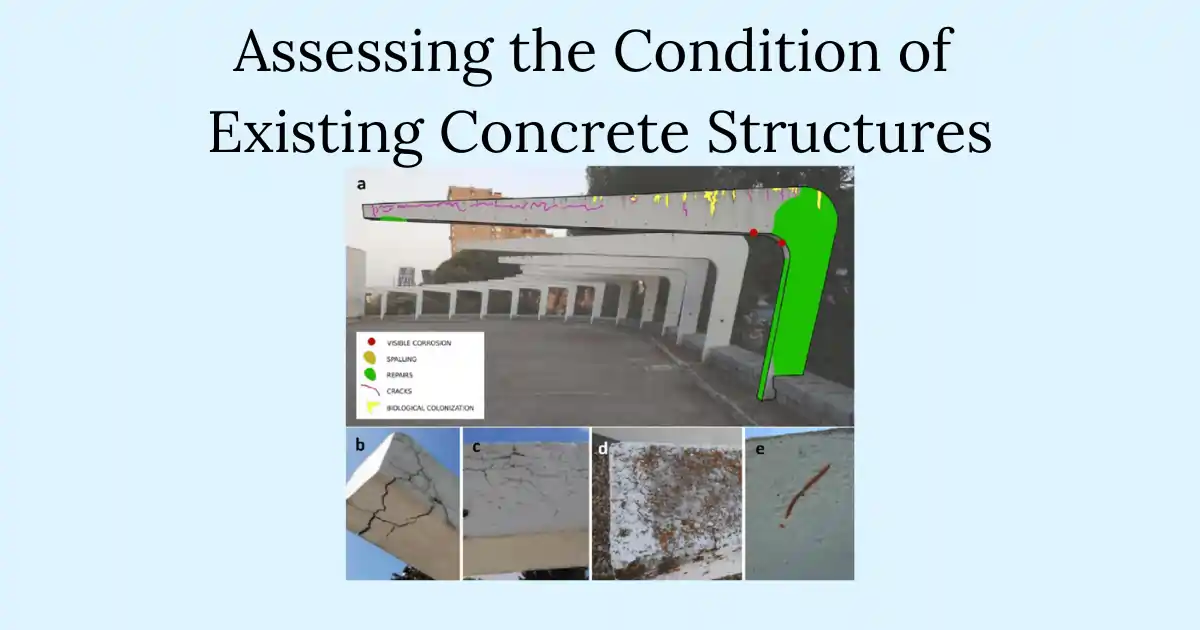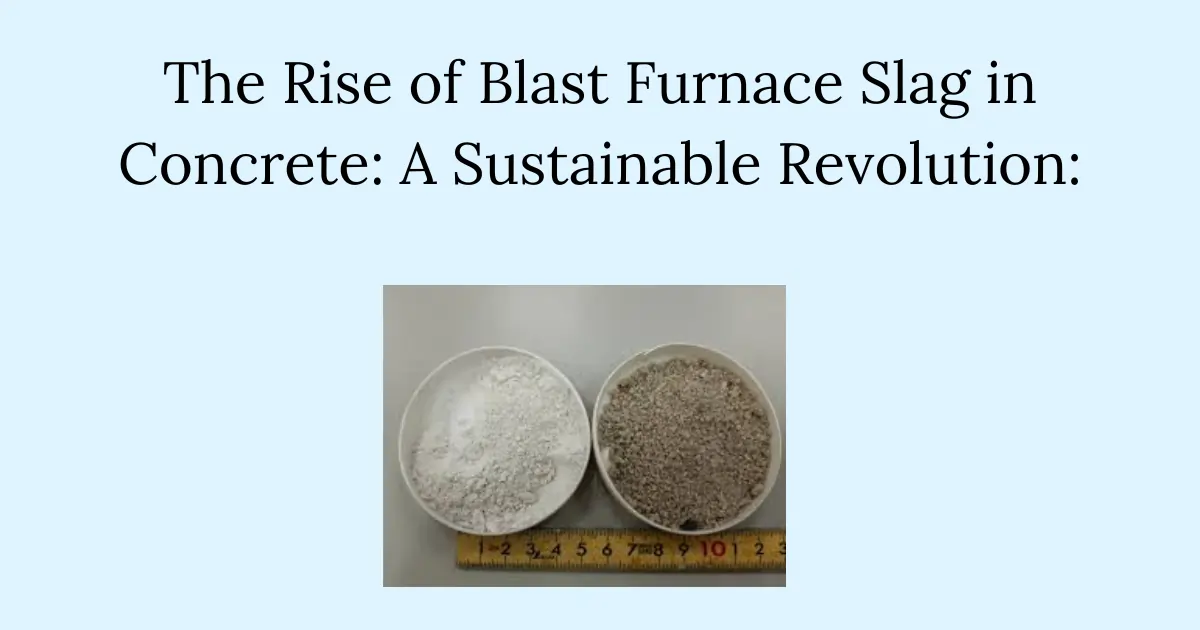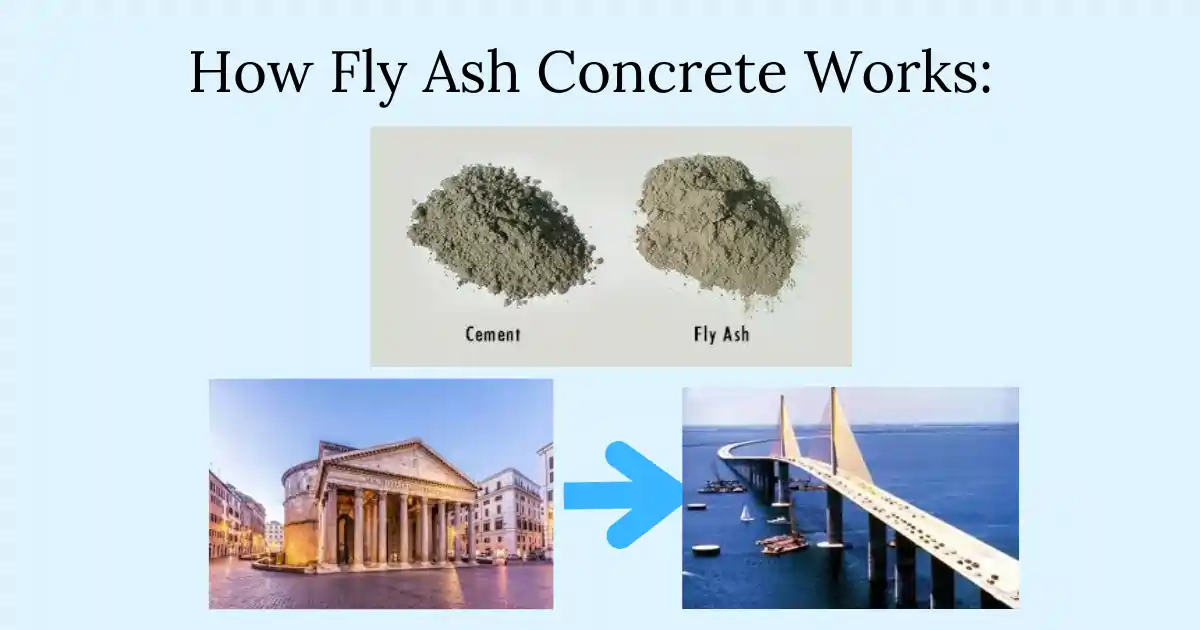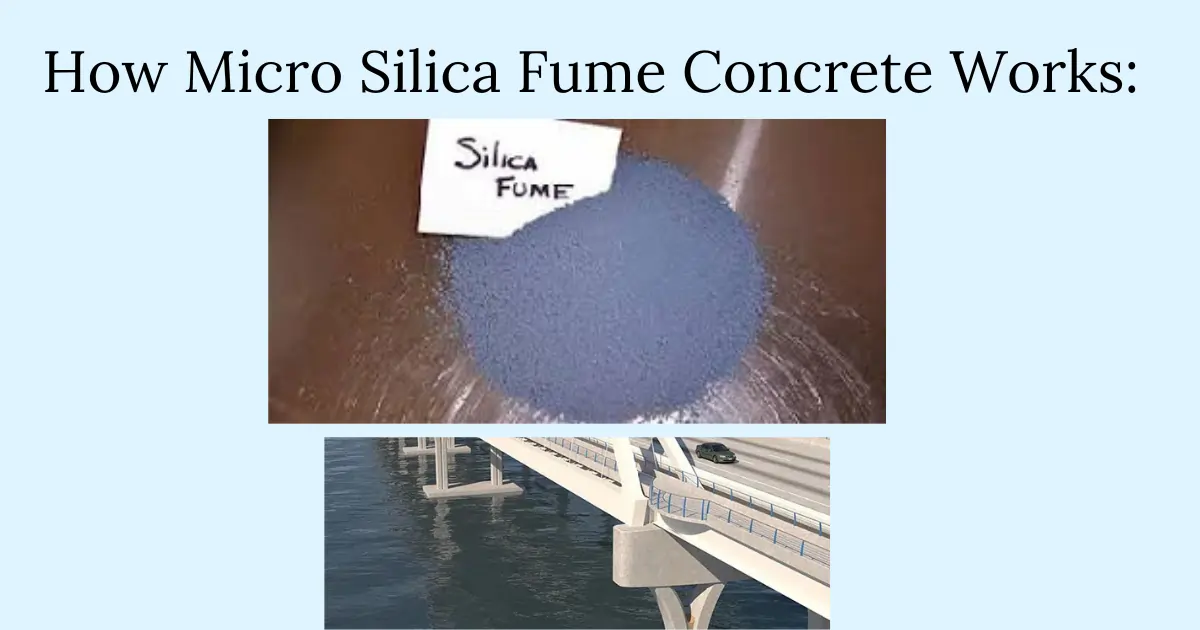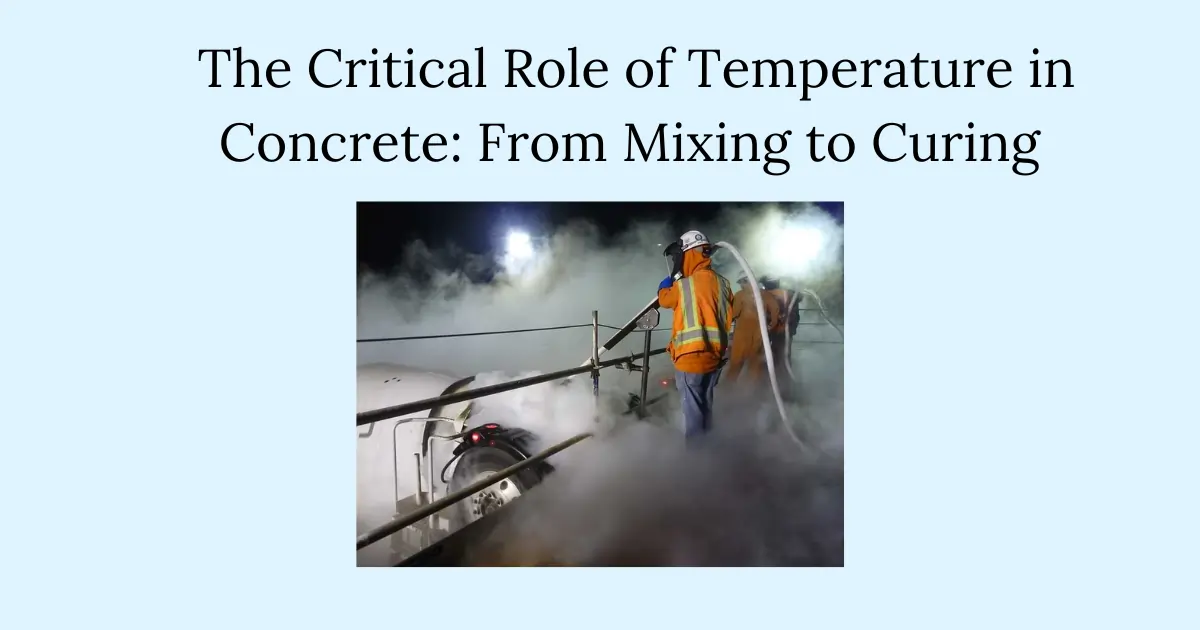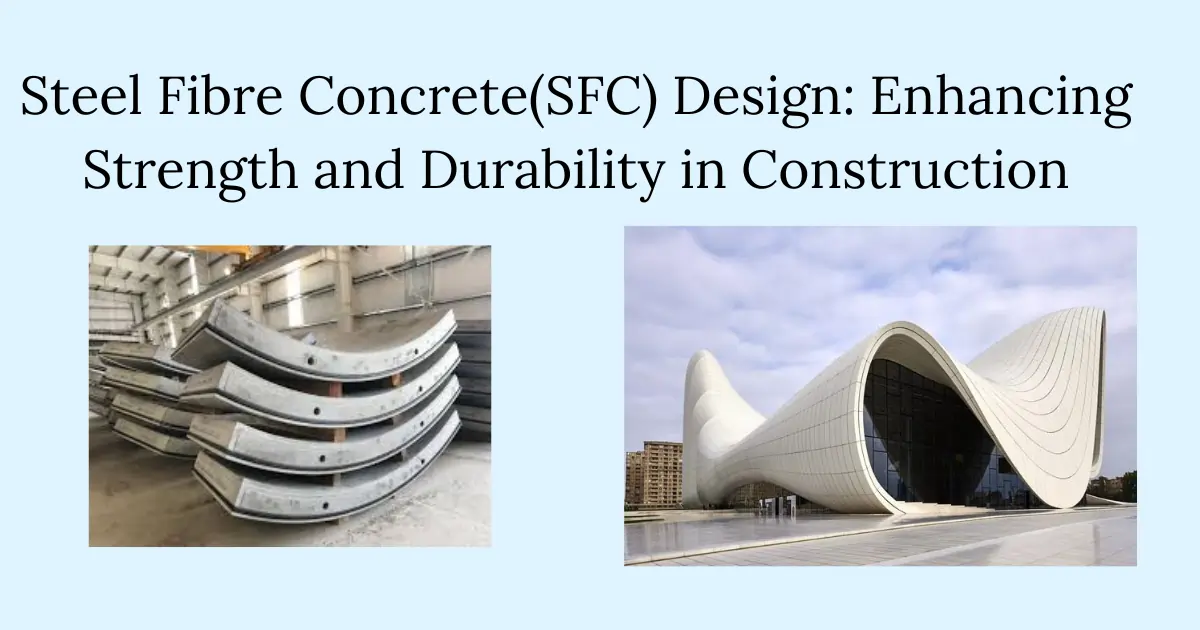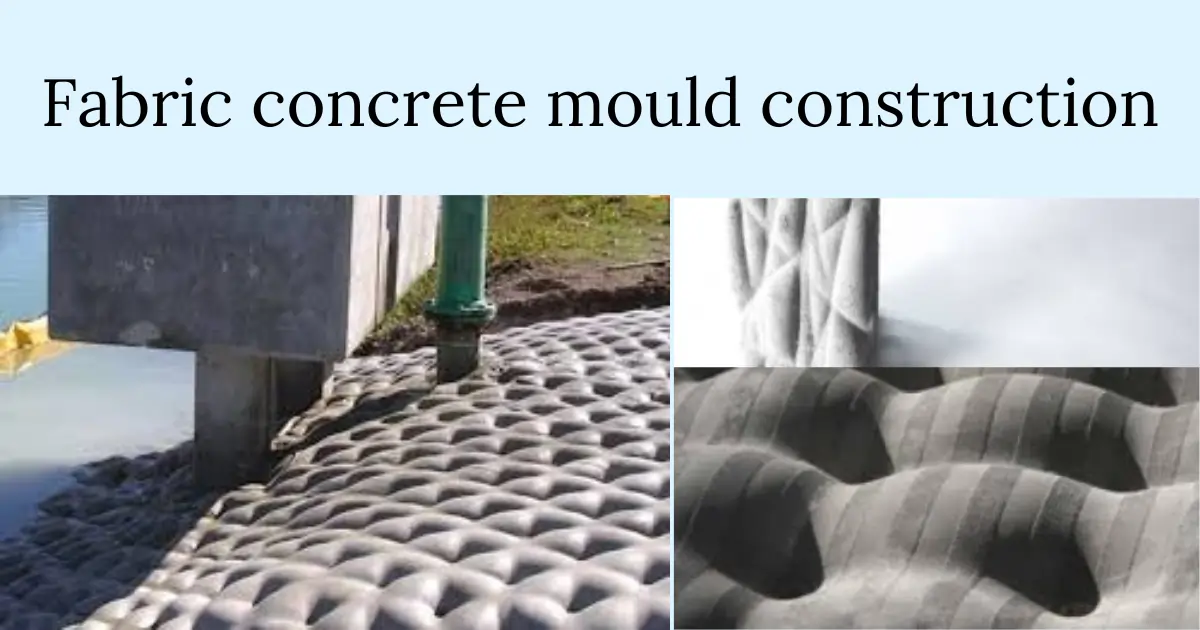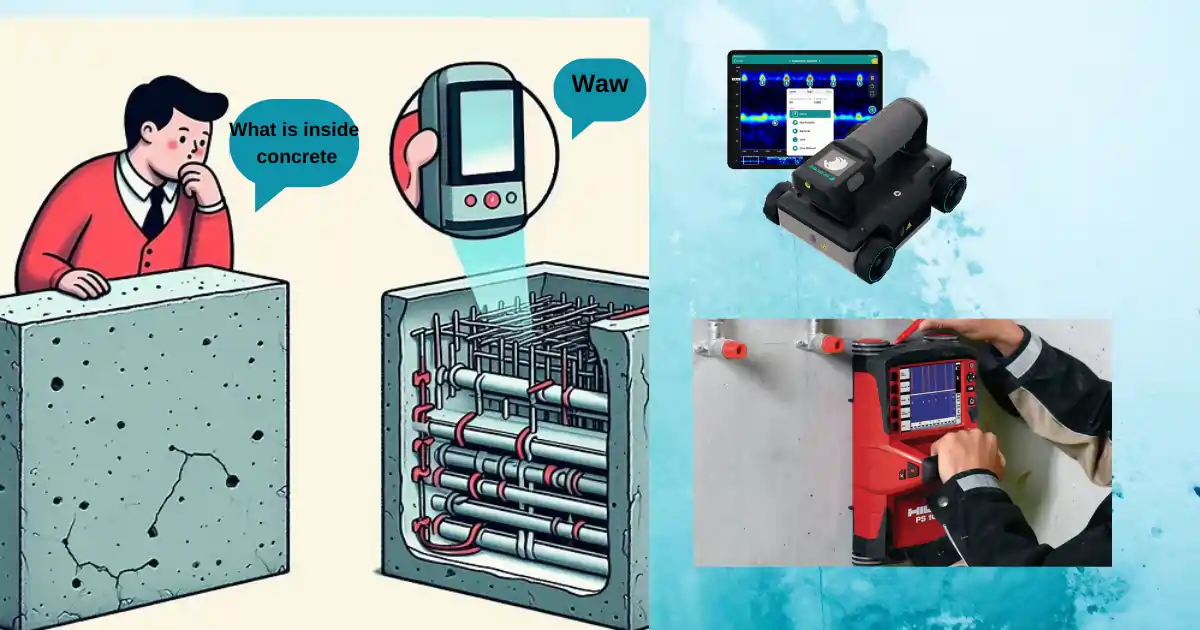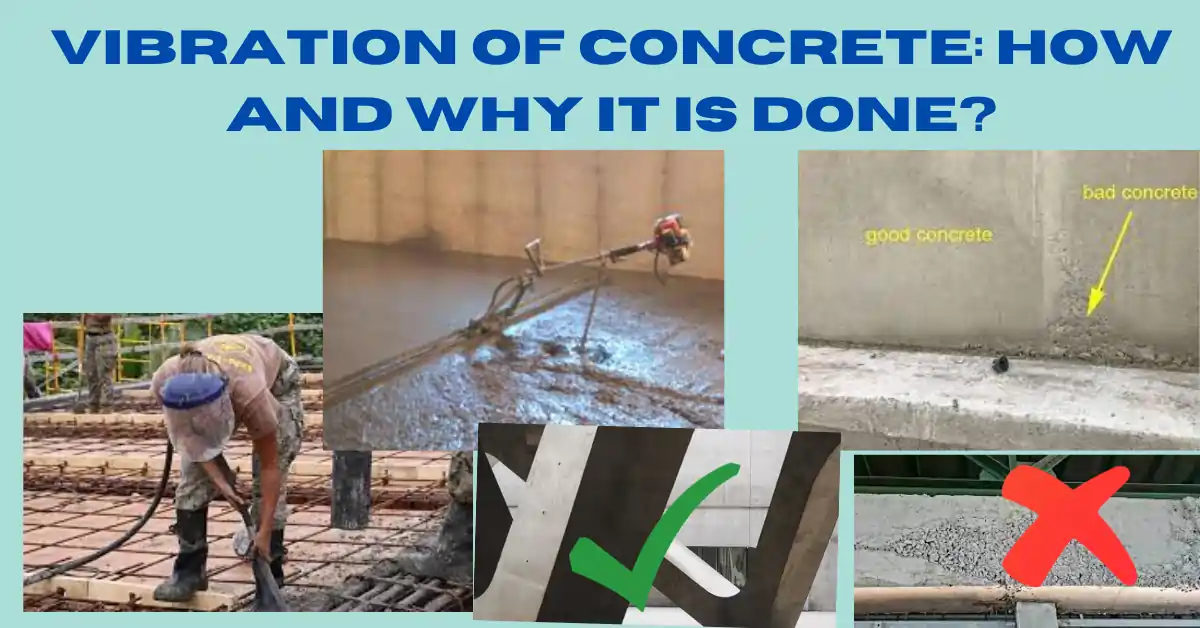Assessing the Condition of Existing Concrete Structures
Concrete structures are the backbone of modern infrastructure, supporting everything from buildings and bridges to nuclear power plants. Over time, these structures are subjected to various environmental and operational stresses that can lead to degradation. Assessing the condition of existing concrete structures is essential to ensure their safety, functionality, and longevity. This blog post will … Read more

